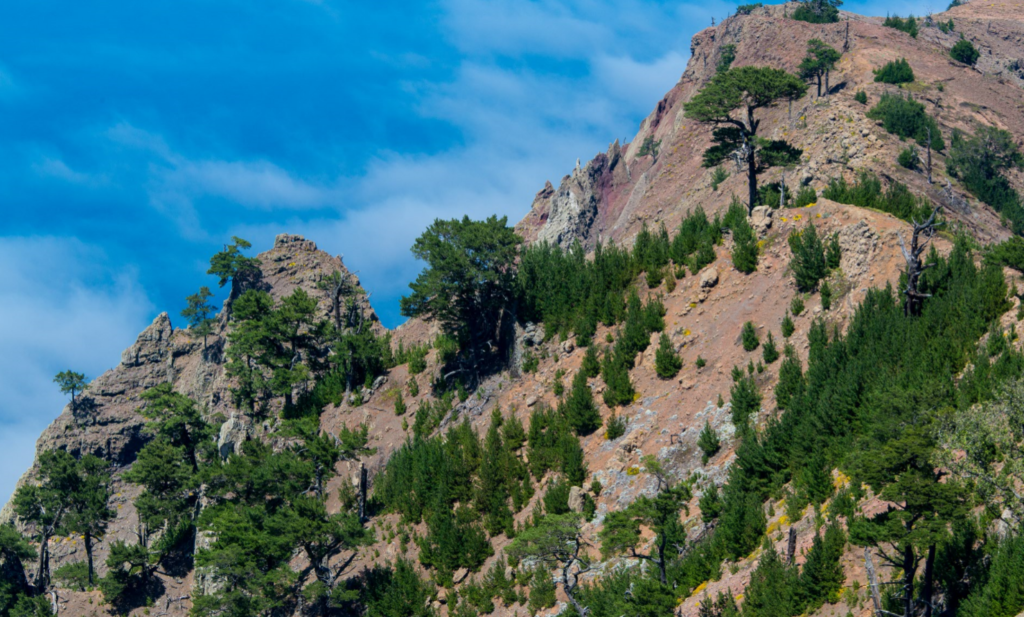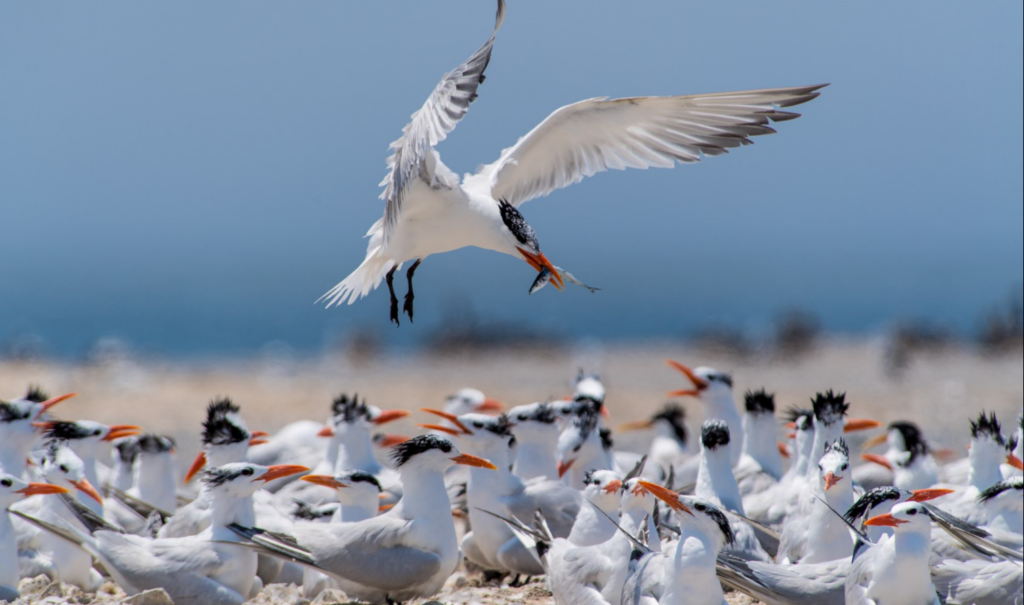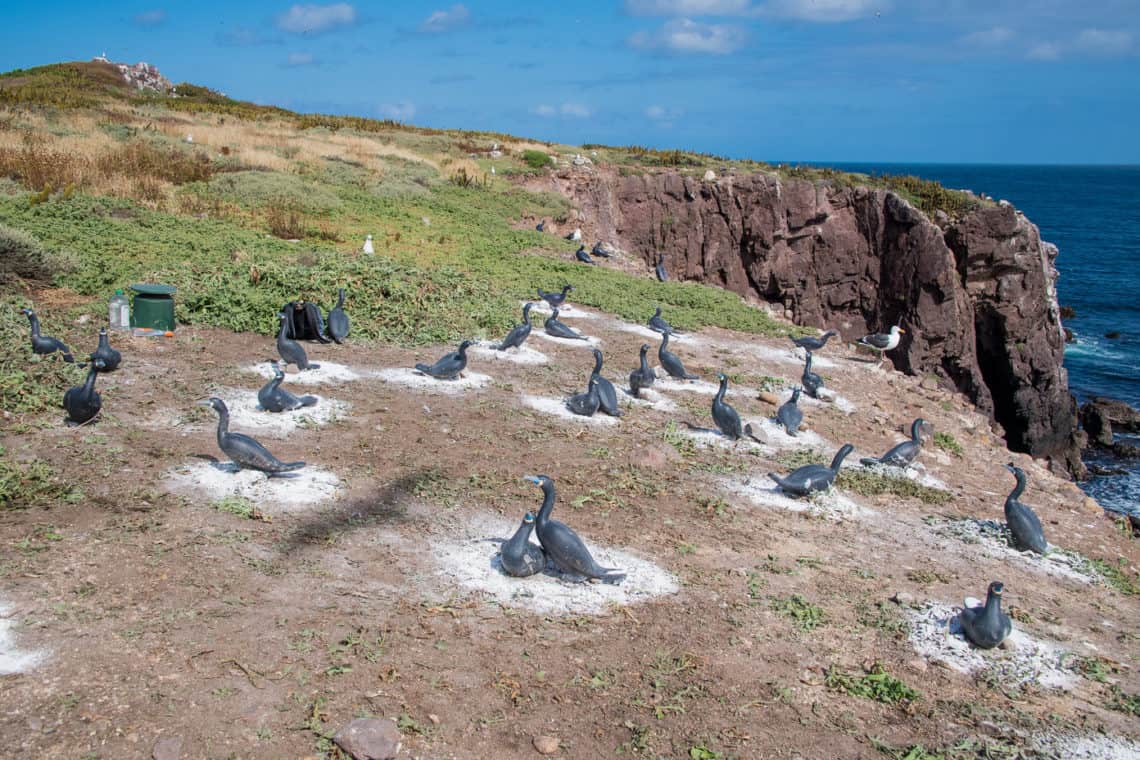By Yuliana Bedolla Guzmán, Luciana Luna Mendoza, Mariam Latofski Robles, and Federico Méndez Sánchez of Grupo de Ecología y Conservación de Islas, A.C.
Mexico is a megadiverse country that hosts an extraordinary richness in its more than 4,000 islands, cays and reefs distributed along all its coasts. Concentrated in this relatively small extension of the mainland (8,025.2 km2), are 8.3% of vascular plants and terrestrial vertebrates, as well as 3.7% of the endemic species of our country. In addition, they are important breeding, feeding, and resting areas for a great variety of marine birds, pinnipeds and sea turtles. They also provide the sustenance for local communities through artisanal fisheries. All islands in Mexico have been decreed as Natural Protected Areas due to their high biological importance. Although the islands are generally in a good state of conservation, over the last two centuries the presence of exotic invasive mammals (cats, rodents, goats, sheep), human disturbance, and pollutants in the sea have caused the extinction of 21 species of terrestrial vertebrates, and the extirpation and decline of many seabird colonies.

To conserve island biodiversity, the Group of Ecology and Conservation of Islands, A.C. (GECI), has been working for the last two decades in collaboration with government agencies, academic institutions, fishing cooperatives and a network of donors, to carry out a national program of restoration and conservation of the islands of Mexico. This includes the eradication of invasive exotic mammals, followed by the implementation of systems of social attraction, habitat restoration, monitoring, applied research, public policy management, and environmental learning through an island biosecurity program with local communities. To date, 60 populations of invasive exotic mammals have been removed on 39 priority islands with great benefit to the world’s biodiversity: protecting more than 147 endemic species and more than 200 seabird colonies from extinction.

The response of the ecosystem to these conservation actions has been surprising: plants and terrestrial vertebrates have increased their populations, and the great majority of seabird colonies that were extirpated have returned to nest in their historic sites. The removal of invasive exotic herbivores (goats, sheep and rabbits) has saved several endemic plant species including the mallow Malva occidentalis, which provides key nesting habitat for pelicans and cormorants on Coronado Sur Island. Others include the evergreen Dudleya linearis on San Benito Oeste Island, and the Monterey pine Pinus radiata var. binata on Guadalupe Island, which has increased to thousands of individuals. To encourage the recovery of plant cover that was lost due to the impact of feral goats on Guadalupe Island, we worked in collaboration with CONAFOR to carry out a comprehensive reforestation program, and to date we have produced 90,000 plants in the nursery, 40% of which have been planted.

Once invasive predators were removed and human disturbance decreased, several colonies of seabirds returned naturally. However, many of them required additional assistance. Since 2008, and for the first time in Latin America, we have implemented social attraction techniques on more than 10 islands in the Pacific of the Baja California Peninsula in collaboration with the National Audubon Society, the Cornell Laboratory of Ornithology, and the Mexican Fund for the Conservation of Nature. These techniques consist of installing model birds, artificial burrows, and a sound system that emits the calls of colonies throughout the breeding season. This simulates natural colonies and communicates to the birds that the islands are again safe places to nest. The birds have responded satisfactorily to these techniques. Cassin’s Auklet (Ptychoramphus aleuticus), for example, is now nesting again in all the places it has historically been on these islands. The Royal Tern (Thalasseus maximus) and the Elegant Tern (Thalasseus elegans) have begun nesting again on San Roque Island, 90 years after they were last recorded. In addition, our work monitoring nesting seabirds on these islands has filled a large gap of once missing, basic information, that is essential for proper decision making in the management of the species.
To ensure that these inspiring results last in the long term, using insular biosecurity measures to protect island ecosystems from invasive alien species is a fundamental tool. We work very closely with CONANP, SEMAR, fishing cooperatives, and local communities to promote these prevention measures. With such simple actions as ensuring that our clothes and belongings are free of soil, seeds or insects, among others, we help protect the islands and the species that are our natural heritage. The conservation of the islands is in our hands!

